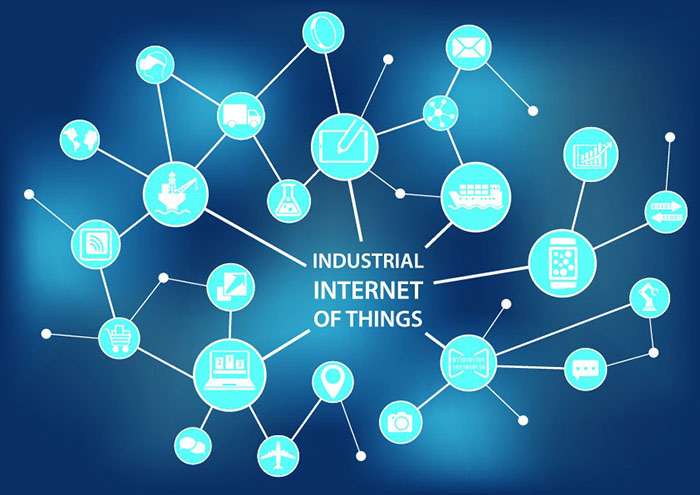The Industrial Internet of Things (IIoT) is the use of smart sensors and actuators to enhance manufacturing and industrial processes. Also known as the Industrial Internet or Industry 4.0, IIoT harnesses the power of smart machines and real-time analytics to harness the data that dumb machines have produced for years in industrial settings. The driving idea behind IIoT is that smart machines will not only capture and analyze data in real-time, but also better communicate important information that can be used to drive business decisions faster and more accurately.


New Trends in the Internet of Things: Digital Dual Technology
Digital duplexing technology, or virtual representations of products, is a key concept in the Internet of Things that is still being sorted out. Explore the benefits of IoT, 7 use cases and its importance to the future of manufacturing.
Companies are able to identify inefficiencies and issues faster and, in addition to supporting business intelligence (BI), save time and money. In manufacturing, IIoT has huge potential for quality control, sustainable and green practices, supply chain traceability, and overall supply chain efficiency. In industrial settings, IIoT is key to processes such as predictive maintenance (PdM), enhanced field service, energy management and asset tracking.
IIoT and Internet of Things
While IoT and Industrial IoT share many technologies, including cloud platforms, sensors, connectivity, machine-to-machine communications, and data analytics, they serve different purposes.
IoT applications connect devices across multiple industry verticals, including agriculture, healthcare, enterprise, consumers and utilities, as well as governments and cities. IoT devices include smart devices, fitness bands, and other applications, and if something goes wrong, it usually doesn’t create an emergency.
IIoT applications, on the other hand, connect machines and equipment such as oil and gas, utilities, and manufacturing industries. System failures and downtime in IIoT deployments can lead to high-risk and even life-threatening situations. IIoT applications are also more focused on increasing efficiency and improving health or safety than the user-centric nature of IoT applications.
How IIoT works
IIoT is a network of smart devices connected to form systems that monitor, collect, exchange and analyze data. Every Industrial IoT Echo system includes: smart assets that can sense, communicate and store their own information; public or private data communications infrastructure; analytics and applications that generate business information from raw data; and people.
Edge devices and smart assets transmit information directly to the data communications infrastructure, where it is converted into actionable information about how a certain machine is operating. This information can then be used for predictive maintenance, as well as optimizing business processes.
Benefits of IIoT
One of the most popular benefits that Industrial IoT offers businesses is predictive maintenance. This involves organizations using real-time data generated from IIoT systems to predict defects in machines, for example, before they occur, enabling companies to take steps to resolve these issues before parts fail or machines fail.
Another common benefit is improved on-site service. IIoT technology helps field service technicians identify potential issues with customer equipment before they become major issues, allowing technicians to resolve issues before they are inconvenient for customers.
Asset tracking is another IIoT perk. Suppliers, manufacturers, and customers can use asset management systems to track the location, status, and condition of products throughout the supply chain. If a shipment is damaged or at risk of damage, the system will send instant alerts to stakeholders, giving them the opportunity to take immediate or preventive measures to rectify the situation.
IIoT can also improve customer satisfaction. When products are connected to IoT, manufacturers can capture and analyze data about how customers use their products, allowing manufacturers and product designers to customize future IoT devices and build more customer-centric product roadmaps.
IIoT also improves facility management. As manufacturing equipment is susceptible to wear and tear and certain conditions within the factory, sensors can monitor vibration, temperature and other factors that can lead to poor operating conditions.